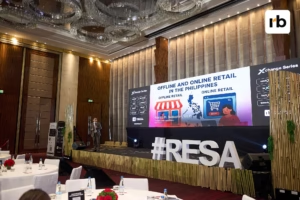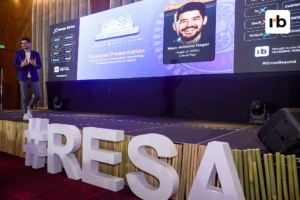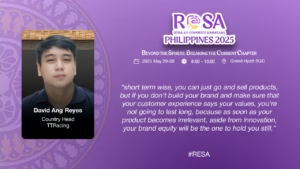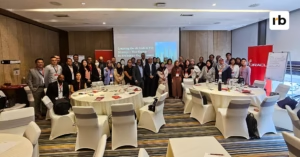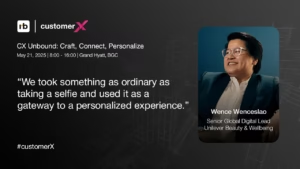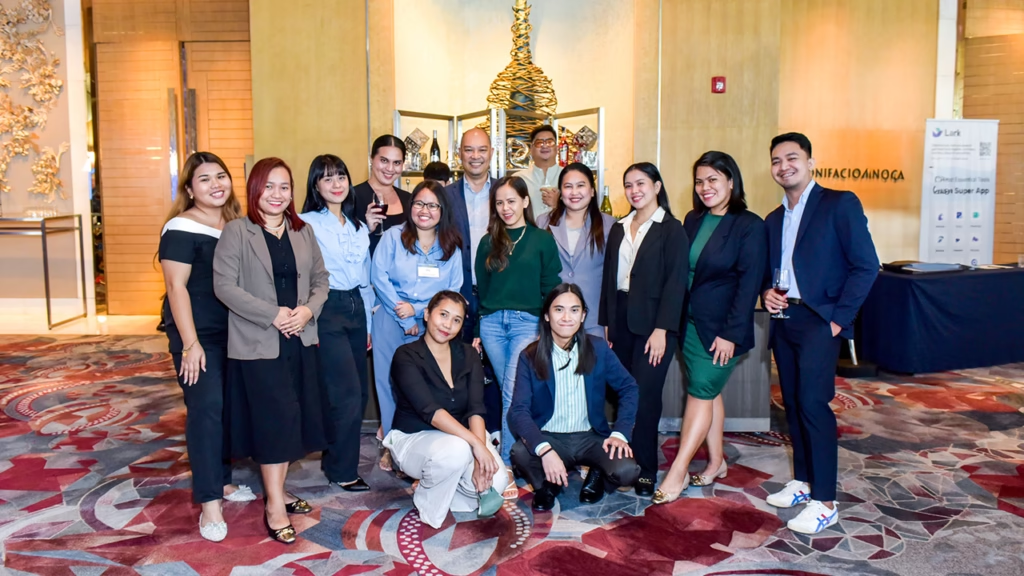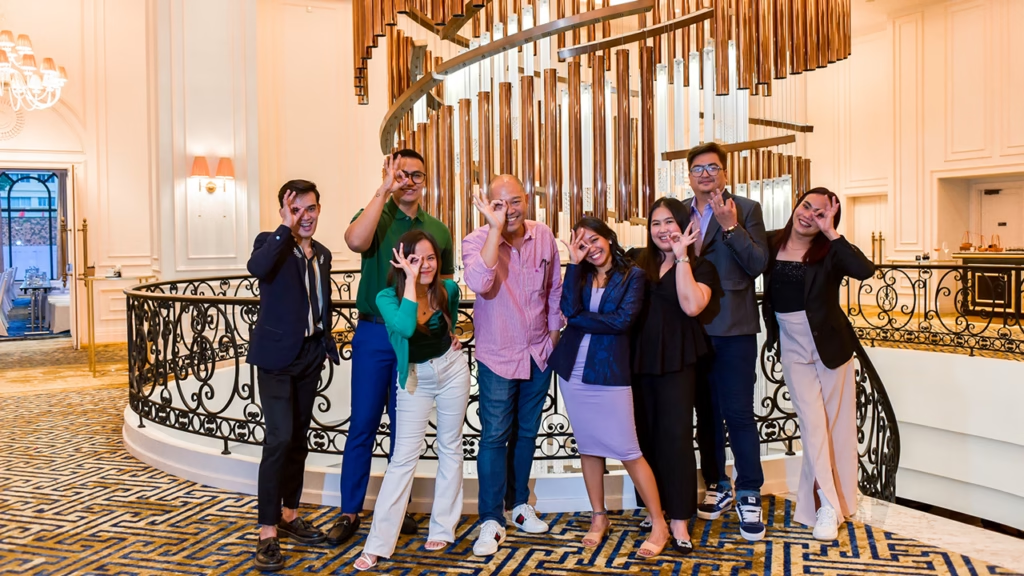Juggling multiple projects and tasks within an organization while maintaining a healthy life outside of it is a skill that requires honing. Yet, the question remains: How can an organization cultivate an environment that promotes both productivity and employee well-being?
Emphasizing the significance of a harmonious work-life balance is crucial. A pivotal aspect of attaining this equilibrium is the establishment of a sustainable Paid Time Off (PTO) culture within organizations, encompassing various needs such as vacation, illness, mental health concerns, or personal time.
Undoubtedly, perpetual engagement in work can lead to burnout. However, establishing a sustainable work culture is not merely an idealistic pursuit; it is a strategic initiative aimed at elevating productivity, enhancing employee satisfaction, and ensuring long-term success.
Let’s delve into the steps to build a sustainable PTO culture that can transform your workplace.
1. Lead by Example
It’s highly effective to inspire leadership to lead by example through regular PTO. When employees witness their leaders prioritizing their well-being, it conveys a compelling message that taking time off is not merely permissible but actively endorsed. This initiative establishes a secure environment for employees, assuring them that taking PTO is not only acceptable but encouraged, thereby dispelling any hesitations they might harbor.
2. Flexible PTO Policies
Various policies abound in organizations, but it is crucial to develop flexible PTO policies tailored to your company’s needs. This ensures not only the accommodation of diverse employee needs and preferences but also the creation of an approach aligned with your workforce.
These flexible policies might encompass options such as half-days, remote work, or the option to carry over unused PTO days into the next year. Formulating an approach that resonates with your workforce can be a strategic move, providing employees with the freedom to use PTO responsively and in accordance with their needs.
3. Encourage Regular Breaks
Highlighting employee well-being extends beyond the realm of extended vacations. Instead, the focus should be on promoting shorter, regular breaks throughout the year. This approach significantly contributes to overall well-being by urging employees to utilize breaks effectively, be it a long weekend or a mid-week day off for rejuvenation. This reinforces the notion that the company values not just their tasks but also grants them the freedom to use time off in ways that suit their individual needs.
Often, employees hesitate to take time off due to concerns about falling behind. This reluctance can be addressed by consistently communicating the importance of Paid Time Off (PTO) for mental health, productivity, and overall job satisfaction.
By combating these concerns through proactive communication, organizations can create an environment that prioritizes employee well-being and highlights the significance of taking time off for the benefit of both the individual and the company.
4. Implement PTO Planning
Foster a culture where the planning and scheduling of Paid Time Off (PTO) are not merely accepted but actively supported. Encourage employees to plan their time off well in advance, facilitating improved workload management and reducing stress for both the individual and their team.
Recognizing employees who adeptly plan their PTOs and subsequently exhibit heightened productivity not only benefits the organization but also serves as an encouragement for their colleagues. This acknowledgement communicates that taking planned time off is not only valued but can result in increased efficiency. Promote delegation of responsibilities, empowering employees to place trust in their colleagues and take guilt-free breaks. This approach not only enhances team collaboration but also reinforces the idea that responsible PTO planning is a positive and integral aspect of the workplace culture.
5. Regularly Evaluate and Adjust
To ensure the establishment of a sustainable PTO culture, it is imperative to periodically assess the effectiveness of your PTO policies and make adjustments based on feedback and the evolving dynamics of the workplace.
You can gauge the success of your PTO culture by its ability to adapt to the changing needs and expectations of the workforce.
Furthermore, monitoring key metrics such as employee feedback, productivity levels, and turnover rates provides valuable data for continually refining and enhancing your approach. This data-driven approach not only helps in maintaining a sustainable PTO culture but also ensures that the policies remain aligned with the evolving needs of both the organization and its employees.
Investing the effort to understand and address the diverse needs of your employees is a fundamental pillar in nurturing a sustainable and healthy work culture. By meticulously implementing these steps, organizations can cultivate a welcoming atmosphere where employees not only feel encouraged but genuinely supported in taking the time they need to recharge.
This intentional focus on employee well-being translates into a workplace that thrives on engagement, productivity, and overall satisfaction, ultimately contributing to the creation of a resilient and harmonious work environment. Through these thoughtful measures, the organization lays the foundation for long-term success and a positive impact on both its workforce and the bottom line.





